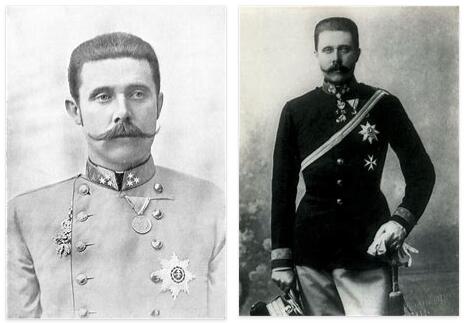The nature of such a small state as Croatia is very diverse. There are dense forests, geothermal springs, an excellent sea coast with a huge number of islands, and all this perfectly coexists with ancient castles and many historical sights. Given that Croatia is located almost in the center of Europe, it is safe to say that this country plays an important role in the rest of Europeans. A distinctive feature of Croatia is a huge number of castles located on its territory. Literally in any part of the country there is a famous castle.
Geography of Croatia
According to extrareference, Croatia is located in the southeastern part of Europe and borders Slovenia and Hungary in the north, Serbia, Montenegro, Bosnia and Herzegovina in the east and south. It is washed in the southwest by the Adriatic. The eastern part of the country is more flat than the western and central, which are quite strongly dissected by the Dinaric highlands.
Capital
Zagreb
Area
The area of Croatia is 56.594 km. sq., occupies the 126th place in the world by area.
Population
4,290,612 people.
Currency
The national currency is the Croatian kuna (HRK).
Language
The official language is Croatian.
Visa to Croatia
If the period of stay in Croatia does not exceed three months, then you do not need to obtain a visa. When entering, it is enough to present a passport with a validity period of more than 90 days. In some cases, you may be required to provide proof of sufficient funds for living ($50 per person/day). If a private visit is planned, then it is necessary to obtain an invitation from an individual or legal entity, which must be certified by the police at the place of residence of the inviting person.
Weather in Croatia
In the east of the country, a temperate continental climate prevails, only in mountainous regions the temperature is usually lower. On the Adriatic coast, there is a subtropical climate with an average temperature of +28 +31 C, and in the east and in the center, the average summer temperature ranges from +22 +24 C. In the coastal part of the country, 600-700 mm of precipitation falls annually, and in the mountains up to 1000 mm. The best time to travel to Croatia is May-September, when the water warms up to +23 C.
Transport
In most cities, the basis of public transport is buses, while trams run in the capital and Osijek. Tickets are sold at newsstands. In Zagreb, the best option for tourists would be to purchase the Zagreb Card, which provides an unlimited number of trips in the first zone, as well as fairly large discounts to local museums, concerts, restaurants, etc.
Currency exchange in Croatia
As of October 2011, the national currency rate is 1 USD = 5.6 HRK. The national currency is the Croatian kuna. You can exchange currency almost everywhere, it can be banks, exchange offices, travel agencies and hotels. The average exchange fee is 1.5%, but some banks charge no fees. Credit cards are accepted in any part of the country, and traveler’s checks can be cashed at major banks. From Monday to Friday, banks are open from 08.00 to 19.00.
Electricity
220V/50Hz (European sockets).
Religion
The basis of the religious population of Croatia are Catholics, of which there are about 77% in the country. Croatia is also home to a large number of Orthodox Christians (12%) and Muslims.
Security
In no case should you travel on your own in the north-eastern part of Croatia, as well as areas near the border with Serbia, since to this day in these areas there are many mines that have remained since the Yugoslav war. In order to be safe, it is enough to keep to the main roads and hiking trails.
Health
Medicine in the country is at a fairly high level. Medical services are paid and it is mandatory to have international medical insurance, which includes evacuation in case of emergency.




